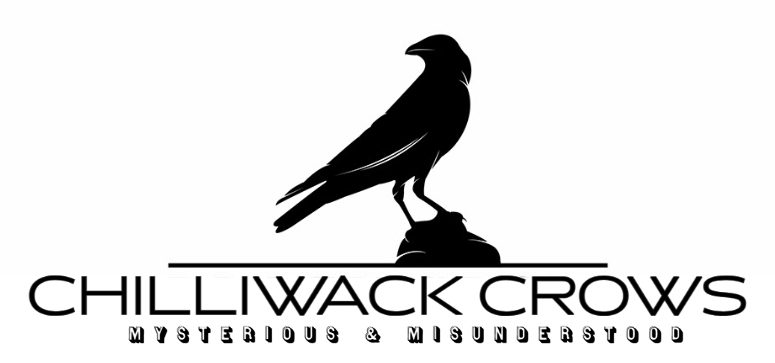-
-
“Two papers published today in Science find birds actually have a brain that is much more similar to our complex primate organ than previously thought.
-
For years it was assumed that the avian brain was limited in function because it lacked a neocortex.
-
In mammals, the neocortex is the hulking, evolutionarily modern outer layer of the brain that allows for complex cognition and creativity and that makes up most of what, in vertebrates as a whole, is called the pallium.
-
The new findings show that birds’ do, in fact, have a brain structure that is comparable to the neocortex despite taking a different shape.
-
It turns out that at a cellular level, the brain region is laid out much like the mammal cortex, explaining why many birds exhibit advanced behaviors and abilities that have long befuddled scientists.
-
The new work even suggests that certain birds demonstrate some degree of consciousness.
-
The other new paper, by a group at the University of Tübingen in Germany, lends still more insight into the avian brain, suggesting that birds have some ability for sensory consciousness—subjective experiences in which they recall sensory experiences.
-
Consciousness has long been thought to be localized in the cerebral cortex of smart primates—namely, chimps, bonobos and us humans.
-
Yet crows appear to have at least a rudimentary form of sensory consciousness.
-
Further, by implanting electrodes in an avian brain region called the nidopallium caudolaterale (NCL), the researchers were able to monitor activity of individual neurons in response to the stimuli.
-
When the crows viewed a dim gray square at their perceptual threshold, NCL neurons became active in the period between that stimulus and the presentation of a colored square—but only if the crows reported seeing the gray one.
-
If they could not detect that square, the neurons remained silent.
-
This result suggests a unique subjective experience was being manifested through neuronal activity.”
-
[vc_row][vc_column][vc_custom_heading text=”Bird Brains Are Far More Humanlike Than Once Thought” font_container=”tag:h1|text_align:center|color:%23ededed” google_fonts=”font_family:Amaranth%3Aregular%2Citalic%2C700%2C700italic|font_style:400%20regular%3A400%3Anormal”][vc_column_text]
